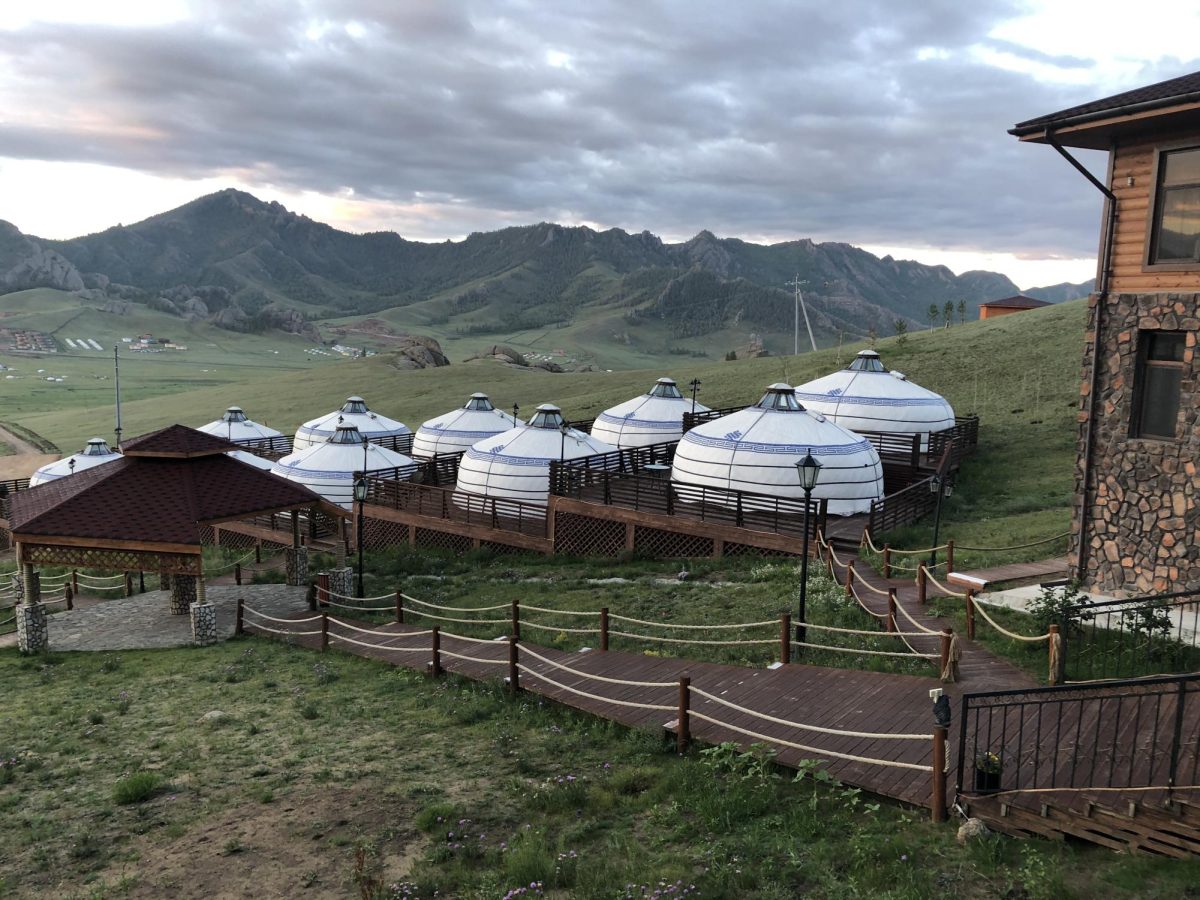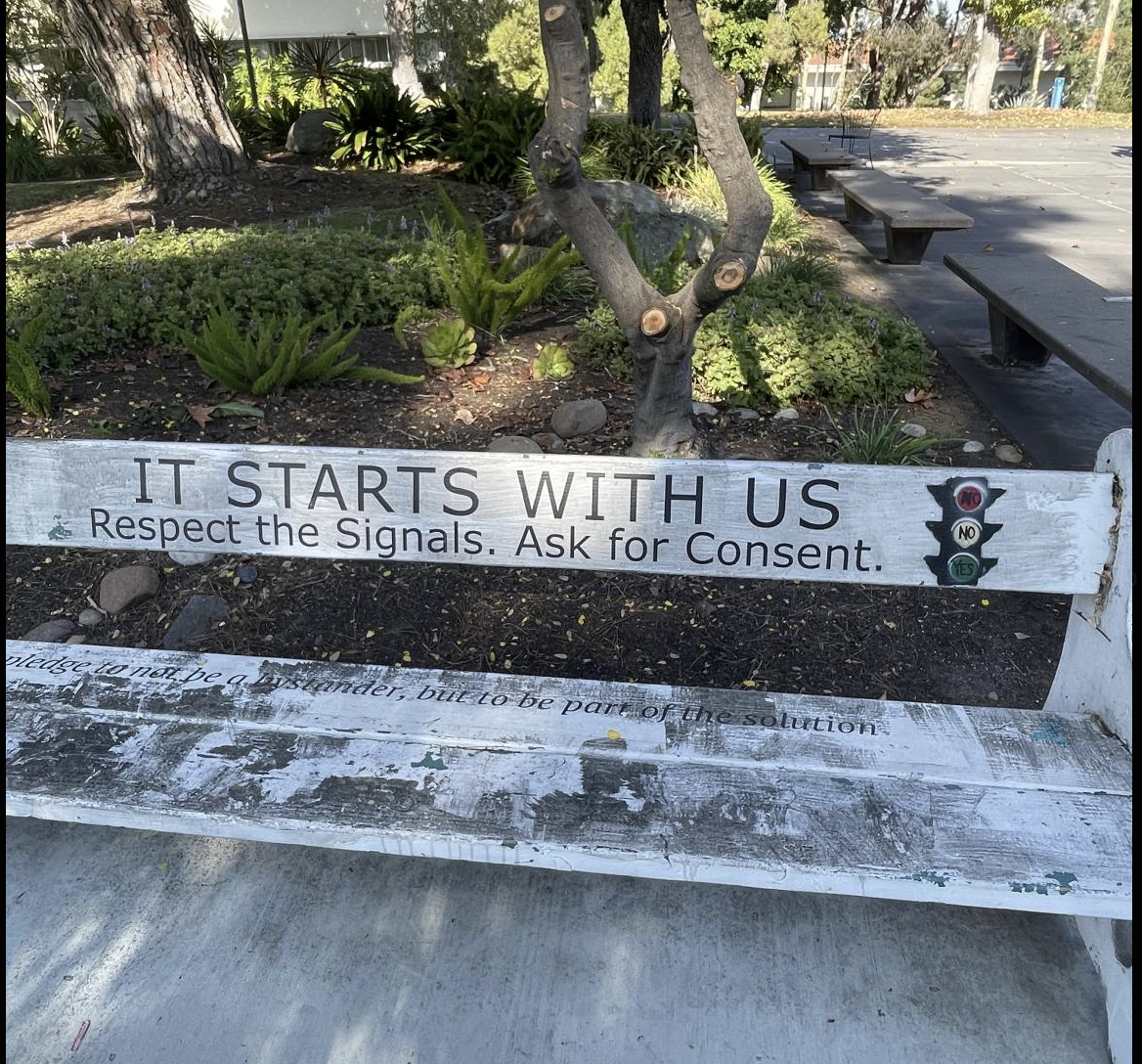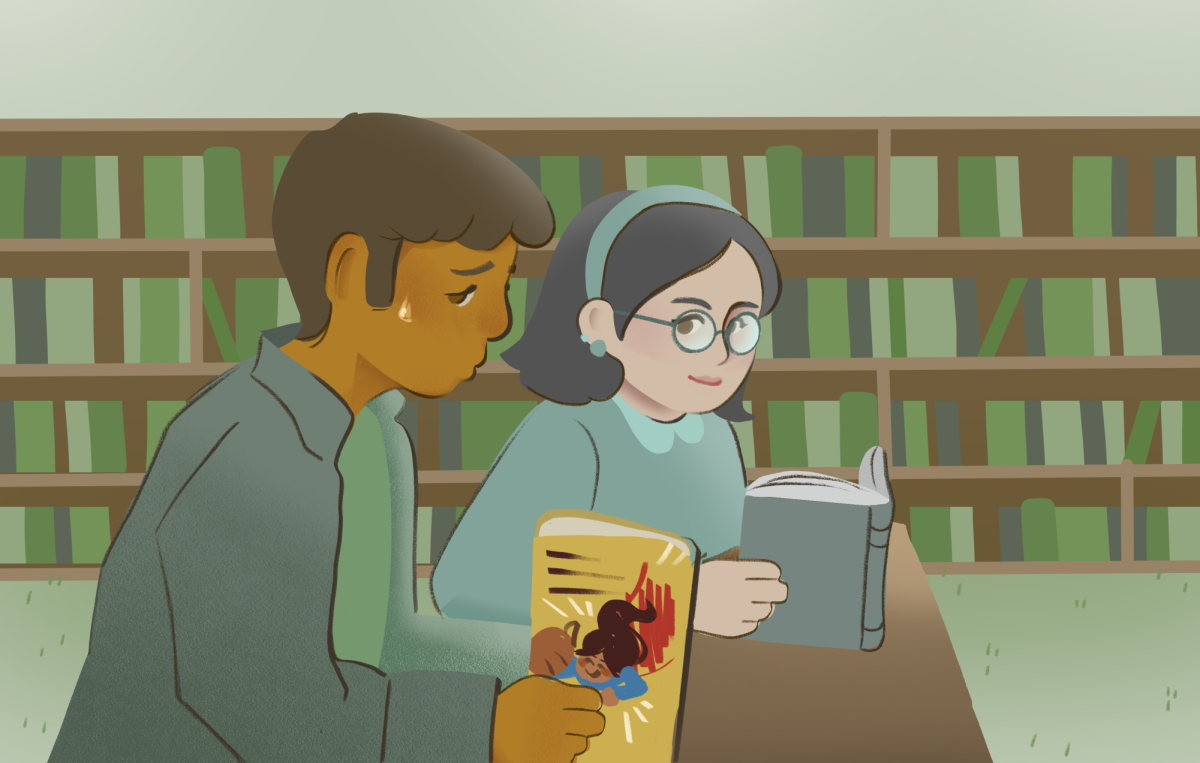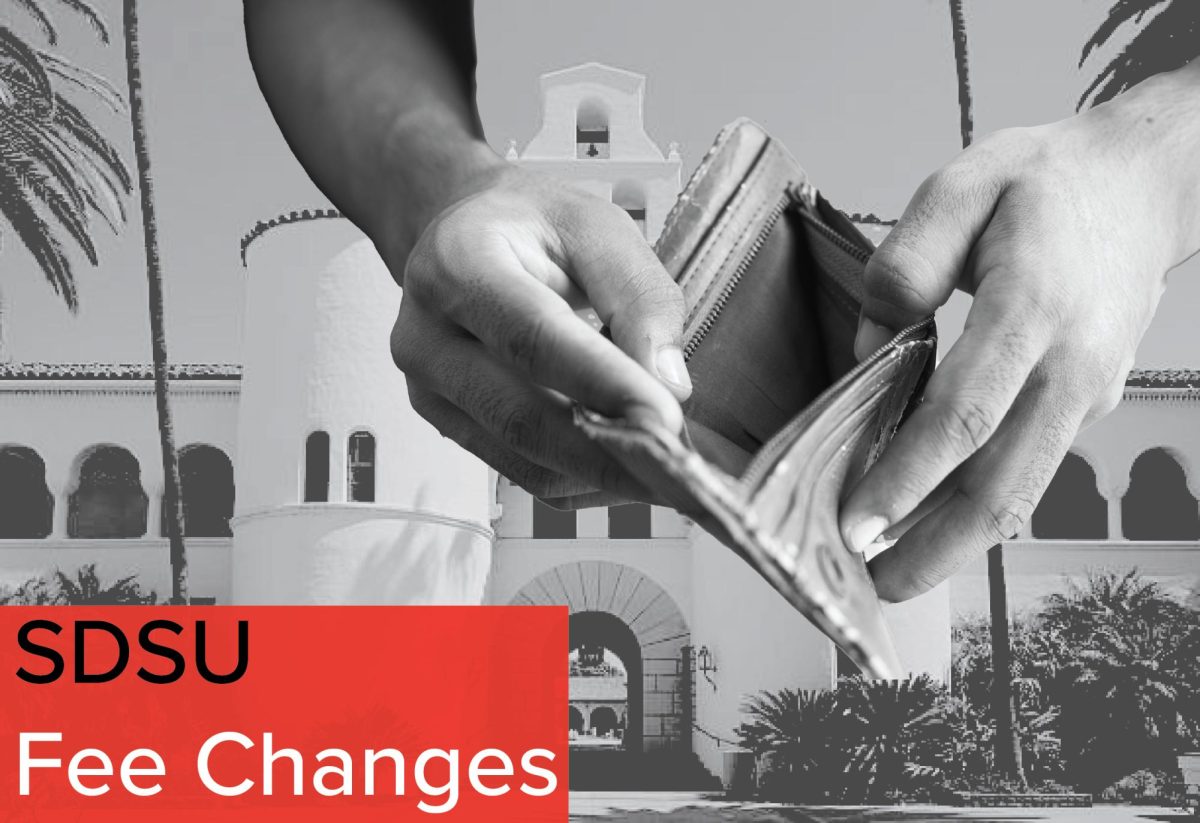Uurtsaikh (Uuree) Boldkhuyag and Enkhjin (Ginni) Bayarsaikhan will soon return to Mongolia after spending the past three months in a student exchange project between School of Journalism & Media Studies at San Diego State University and the Department of Journalism & Communication at the National University of Mongolia.
Through an international exchange program between the National University of Mongolia and San Diego State University (SDSU), I was able to engage in academic and cultural experiences abroad. At SDSU’s School of Journalism and Media Studies, students are introduced to various aspects of American media, education and multicultural exchange.
After coming here, I encountered many new things and observed several differences. For example, while Mongolian universities tend to follow a lecture-based, traditional teaching approach, it seemed that in the U.S., there is a greater emphasis on student participation, with more interactive and discussion-based methods widely used. Courses within the program emphasize practical learning and critical analysis. One such course, Introduction to Intersectional Representation in the Media, explores how intersecting social categories such as race, gender, and class are represented in the media. Through examining media content and its societal implications, students are encouraged to approach journalism with an inclusive and analytical perspective.
As part of the program, I also participated in educational field visits. I was able to visit The San Diego Union-Tribune newspaper building, one of the region’s oldest media institutions established in 1868, which provided insight into the history and transformation of print journalism in the United States. The experience highlighted the importance of adaptability and integrity in the field of journalism.
In addition to academic engagement, this program supports cultural integration through student organizations such as the Bridges International Student Club. These clubs play a role in helping international students adjust to a new environment by creating opportunities for cultural exchange and community building. Activities such as group dinners and cultural events foster understanding among students from different backgrounds and contribute to a more inclusive campus environment.
Participation in this exchange program allows students to gain academic knowledge while also developing key soft skills such as communication, adaptability, and intercultural awareness. Being exposed to a different educational system, diverse perspectives, and new cultures provides students with well-rounded knowledge and positively contributes to their personal development.
This program welcomed me and one other student for the first time, marking its initial launch. Programs like this aim to support students’ academic growth and global competence, equipping them with knowledge and experience beneficial for their future careers. I hope that the program will continue to grow and provide more students with opportunities to expand their professional knowledge.






